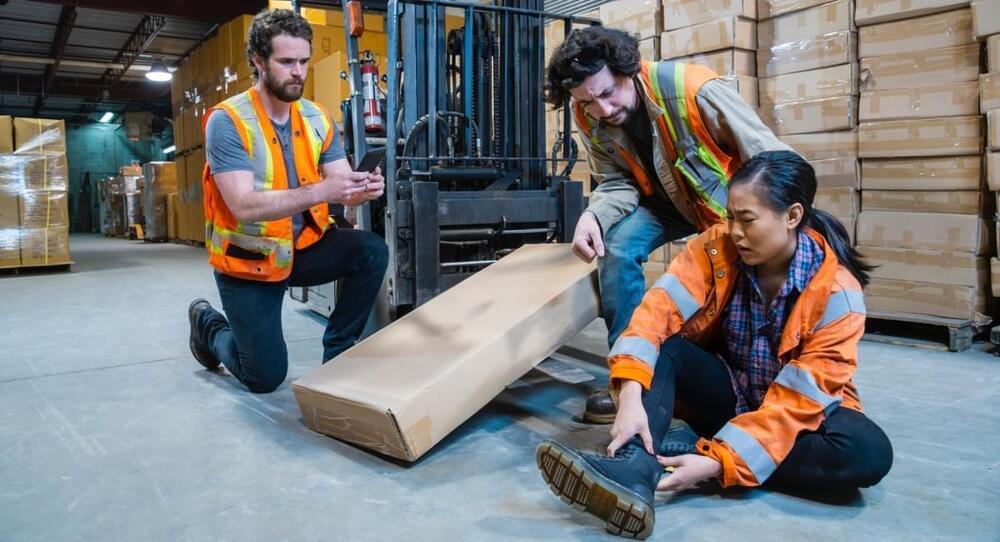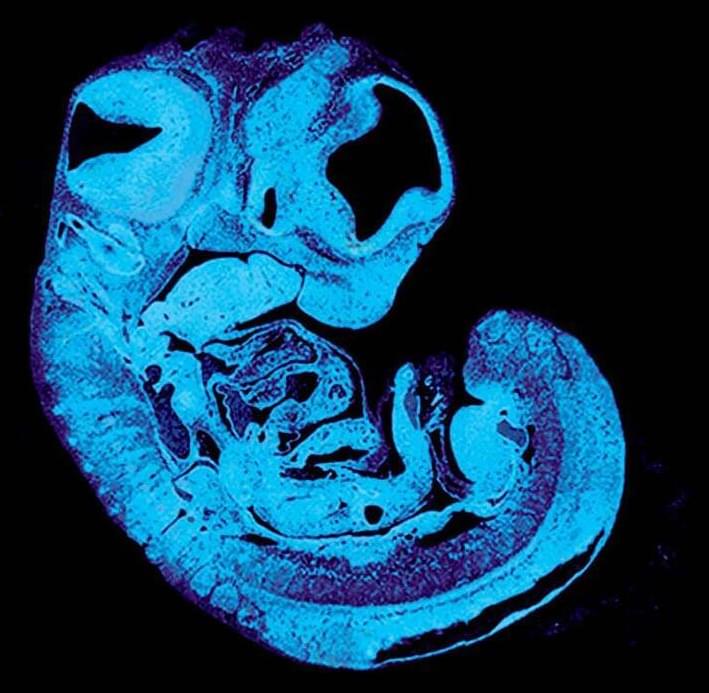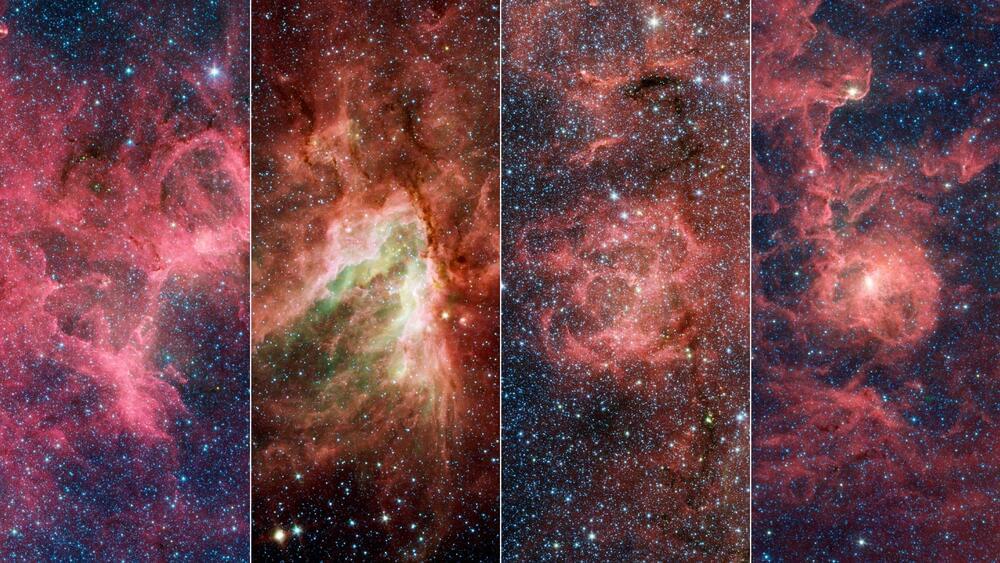China is deploying robots equipped with machine guns along the border with India. A report claims that China is replacing soldiers with these machines — as the Chinese troops are unable to cope with the high altitudes. Palki Sharma tells you more.
#China #RobotSoldiers #Gravitas.
About Channel:
WION-The World is One News, examines global issues with in-depth analysis. We provide much more than the news of the day. Our aim to empower people to explore their world. With our Global headquarters in New Delhi, we bring you news on the hour, by the hour. We deliver information that is not biased. We are journalists who are neutral to the core and non-partisan when it comes to the politics of the world. People are tired of biased reportage and we stand for a globalised united world. So for us the World is truly One.
Please keep discussions on this channel clean and respectful and refrain from using racist or sexist slurs as well as personal insults.
Check out our website: http://www.wionews.com.







